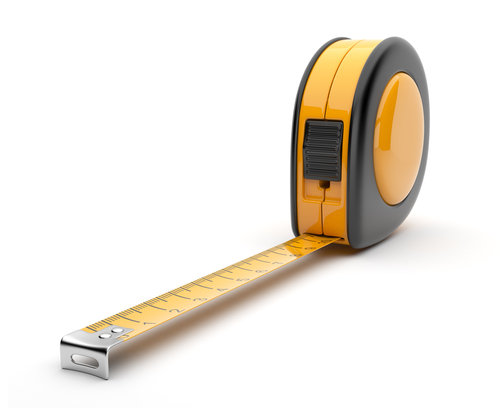
The dryer vent you use is one of the most important components of the dryer. It is designed to get rid of moisture when drying clothes while pushing warm air outside. The length of a dryer vent will vary depending on the make and model. Other factors which contribute to length are the vent cover and the material. High quality dryer vents are comprised of rigid metal and have a large mouth or hood. While flexible metal is easier to handle, it can also cause lower air flow due to a design which is corrugated. Over time, this will lead to a buildup of lint.
If you’re purchasing a gas dryer, the dryer vent must be long enough to extend outside. When a vent is installed properly and has the proper length, the lint which leaves the lint filter will be blown outside. If there is a collection of lint within the ducting of the dryer, this is a warning that the air flow is poor. Homeowners that notice this should have the dryer vent inspected to find any deficiencies which are present, and get them repaired.
While the dryer vent should be long enough to extend outside, it should also be straight with few bends or elbows. A dryer vent that has a bunch of bends and twists restricts air flow, and areas in which air flow is restricted have a tendency to build up lint. Additionally, a dryer vent that has lots of bends is more difficult to clean.
Some homeowners think that PVC (polyvinyl chloride) can be used for dryer venting because it has an ideal length and is smooth yet rigid. However, the problem with using PVC is that when used it displays a static effect which causes lint to stick to the material, which will ultimately cause a blockage. For dryer vents this material should always be avoided in favor of a strong metal material.
When a dryer vent needs to be extended, this can be done by connecting multiple vent pipe pieces together. When doing this you will want to avoid using sheet metal screws. The reason for this is because any protuberances within the vent will lead to obstructions where lint can collect, which may lead to an obstruction. Additionally, protuberances within the dryer vent will make it much harder to clean. A better alternative to sheet metal screws is metal foil tape.
The best way to determine the proper length for your dryer vent is to read the owner’s manual that came with it. The ideal length will vary depending on the conditions of your home. There are also a number of accessories you can buy for the vent, such as a dryer vent brush. Selecting the proper length for your dryer vent will ensure that your dryer performs well, while preventing the accumulation of lint which in large amounts could become a fire hazard due to blockage.